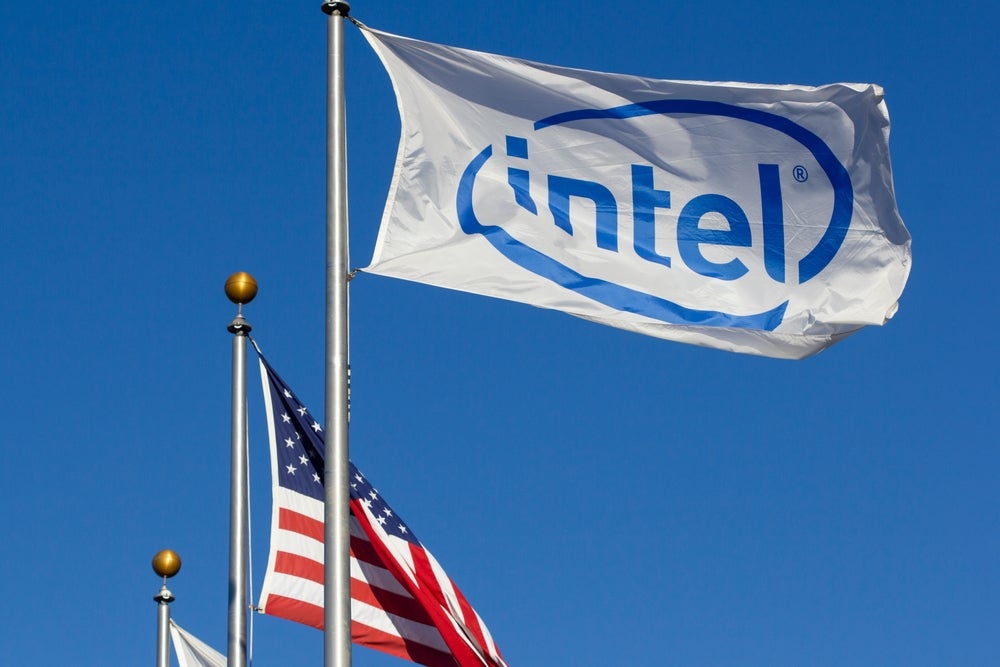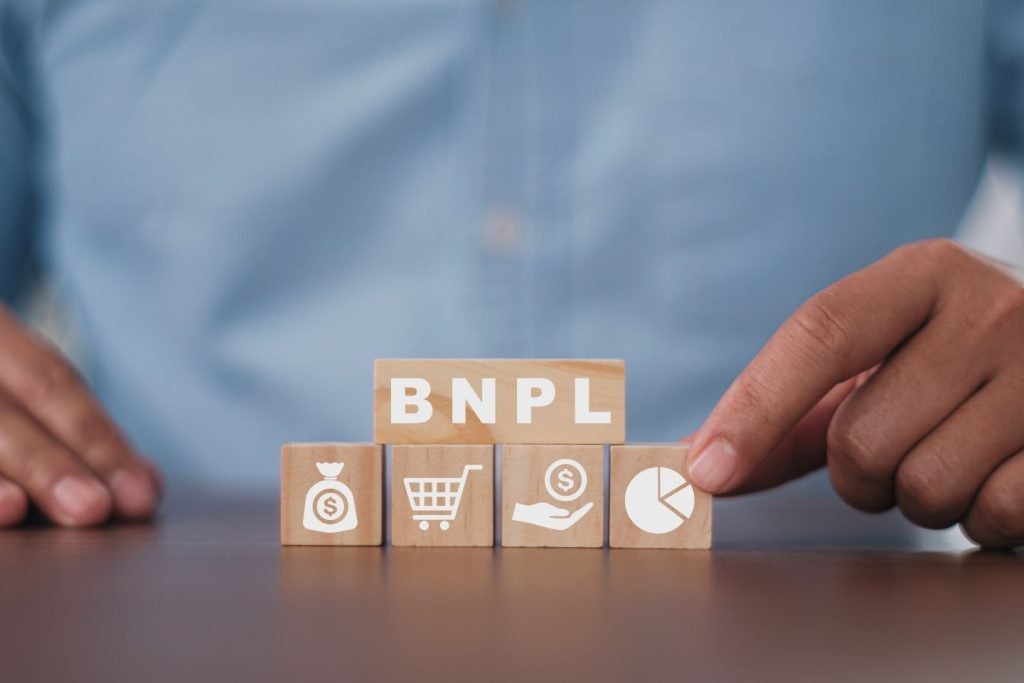Kakao has filed a patent for a method and system that allows for efficient database management and quick data processing when providing personalized time management content. The method involves transmitting information about a base content and its sub-contents to a user terminal, receiving viewing requests for sub-contents, mapping users and base content, and granting waiting-based viewing authorization for quasi-free sub-contents. This system aims to handle increased user and content numbers effectively. GlobalData’s report on Kakao gives a 360-degree view of the company including its patenting strategy. Buy the report here.
According to GlobalData’s company profile on Kakao, Location-based IM was a key innovation area identified from patents. Kakao's grant share as of September 2023 was 48%. Grant share is based on the ratio of number of grants to total number of patents.
Efficient database architecture for individualized time management content provision
A recently filed patent (Publication Number: US20230319364A1) describes a content-providing method that utilizes an efficient database architecture for individualized time management. The method is performed by a server and involves several steps.
Firstly, the server transmits information about a base content, which consists of multiple sub-contents, to a user terminal based on a content information table in a database. This information includes whether or not a quasi-free sub-content, which is provided for free after a preset waiting time, is included.
Next, the server receives a viewing request for a sub-content from the user terminal, along with an activation request related to a waiting-based viewing authorization for the quasi-free sub-content. The server then maps the user and the base content associated with the quasi-free sub-content and records this mapping in a user information table in the database.
Afterwards, the server initiates the progression of a preset waiting time based on the mapping result and a waiting period information associated with the base content. This grants the user a waiting-based viewing authorization for one or more quasi-free sub-contents.
The content information table in the database includes a content identifier, target content information indicating the presence of quasi-free sub-content in the base content, and waiting period information associated with the base content. The user information table includes a user identifier and the content identifier of the base content associated with the user and the sub-content for which the viewing request is received.
The method also involves recording a determination value and a waiting completion time in the user information table. The waiting completion time is calculated based on the waiting period information obtained from the content information table. The server verifies whether the waiting time has progressed up to the preset waiting time and determines the user status accordingly.
Additionally, the server can grant viewing authorizations for quasi-free sub-content, update waiting completion times, and handle virtual money transactions. The server can also maintain and verify the validity of viewing authorizations for quasi-free sub-content based on an existence period.
In summary, this patent describes a content-providing method that utilizes a database architecture to manage individualized time-based access to sub-contents. The method allows for the provision of quasi-free sub-content after a waiting period and includes features such as mapping, recording, and granting viewing authorizations. The method can be executed by a server and is applicable to various content-providing systems.
To know more about GlobalData’s detailed insights on Kakao, buy the report here.
Data Insights
From

The gold standard of business intelligence.
Blending expert knowledge with cutting-edge technology, GlobalData’s unrivalled proprietary data will enable you to decode what’s happening in your market. You can make better informed decisions and gain a future-proof advantage over your competitors.







